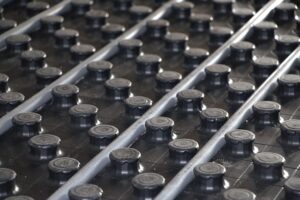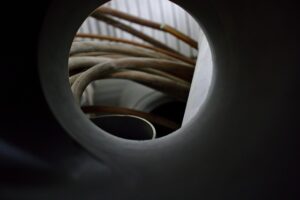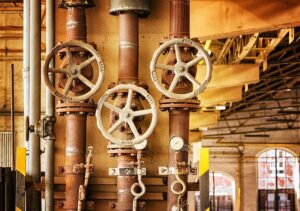Predicting 50 kW Combi Boiler Failures with Adjacency Modeling
50 kW コンビボイラーは、複数の浴室を持つ大規模な物件向けに設計された?…….

50 kW コンビボイラーは、複数の浴室を持つ大規模な物件向けに設計された高効率なヒートソースです。コンパクトで環境に優しいこれらのボイラーは、自然ガスやLPGに対応し、高い中央暖房能力と優れたエネルギー効率を提供します。ErP A評価を取得し、コストパフォーマンスに優れ、大きな暖房や温水供給のニーズに適しています。
Entity adjacency modeling emerges as a powerful tool for predicting failure patterns in complex systems, with a particular focus on 50 kW combi boilers. This article delves into the intricacies of these sophisticated heating systems and introduces adjacency modeling as a novel approach to their analysis. By examining the relationships between system entities, we can anticipate potential failures and develop effective prevention strategies, ensuring optimal performance and reliability in 50 kW combi boiler applications.
- Understanding 50 kW Combi Boiler Systems
- Adjacency Modeling: A Novel Approach
- Predicting Failure Patterns and Prevention Strategies
Understanding 50 kW Combi Boiler Systems

50 kW combi boiler systems are designed to efficiently provide both hot water and central heating for large properties with multiple bathrooms. These high output boilers combine the functions of a water heater and a central heating unit, making them compact and space-saving. They are suitable for properties requiring significant heating and hot water demand, offering excellent performance and energy efficiency.
Key features include condensing technology, which recovers heat from exhaust gases to improve energy efficiency, and versatility with options for natural gas firing or LPG compatibility. The systems also boast high central heating capacities and control over the hot water flow rate, ensuring optimal comfort and sustainability. With many models featuring ErP A ratings, these boilers are not only powerful but also environmentally friendly and cost-effective in terms of energy consumption.
Adjacency Modeling: A Novel Approach

Adjacency Modeling represents a novel approach to understanding and predicting failure patterns in 50 kW combi boilers, which are integral for high output boiler systems in large properties with multiple bathrooms. This method leverages the interconnectedness of various system components to uncover hidden dependencies and correlations that traditional models might overlook. By focusing on the relationships between different parameters like hot water flow rate, central heating capacity, and energy efficiency, adjacency modeling provides a comprehensive view of how these factors influence each other and contribute to potential failure scenarios.
In the context of 50 kW combi boilers, which often employ condensing technology powered by natural gas or LPG, this approach is particularly beneficial. Adjacency models can help identify key performance indicators (KPIs) that are most closely tied to system reliability, enabling proactive maintenance strategies. For instance, understanding how changes in one aspect, such as the efficiency of the boiler’s condensing process, impact other parameters like hot water production and energy consumption, can lead to optimized settings for enhanced energy efficiency and reduced failure risk, especially for ErP A-rated devices known for their environmental friendliness.
Predicting Failure Patterns and Prevention Strategies

ザ.
より, 250000000000000000000000000000000
(番組.







